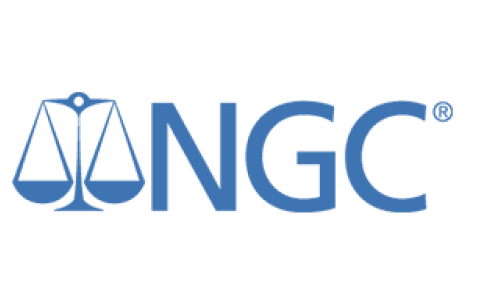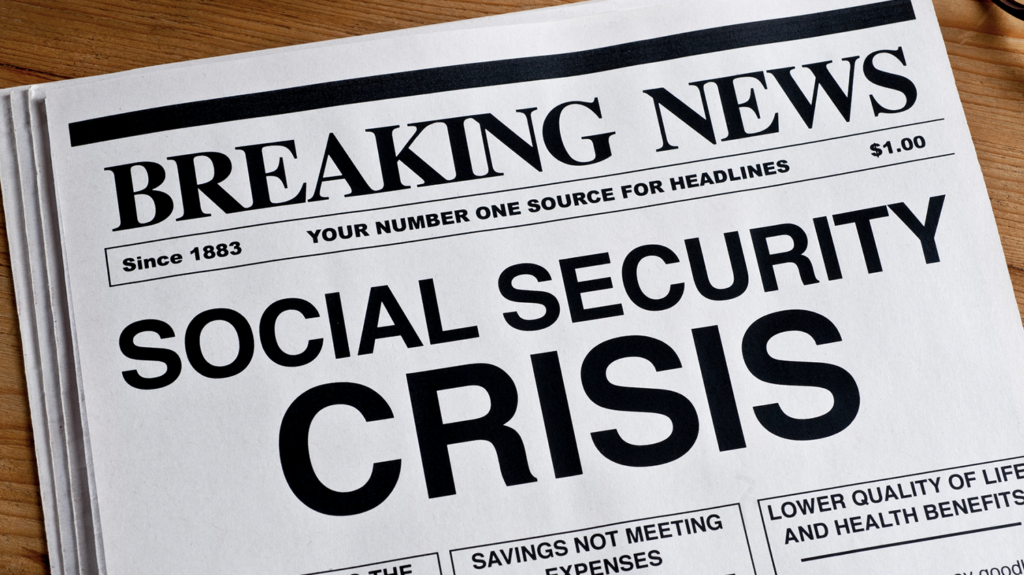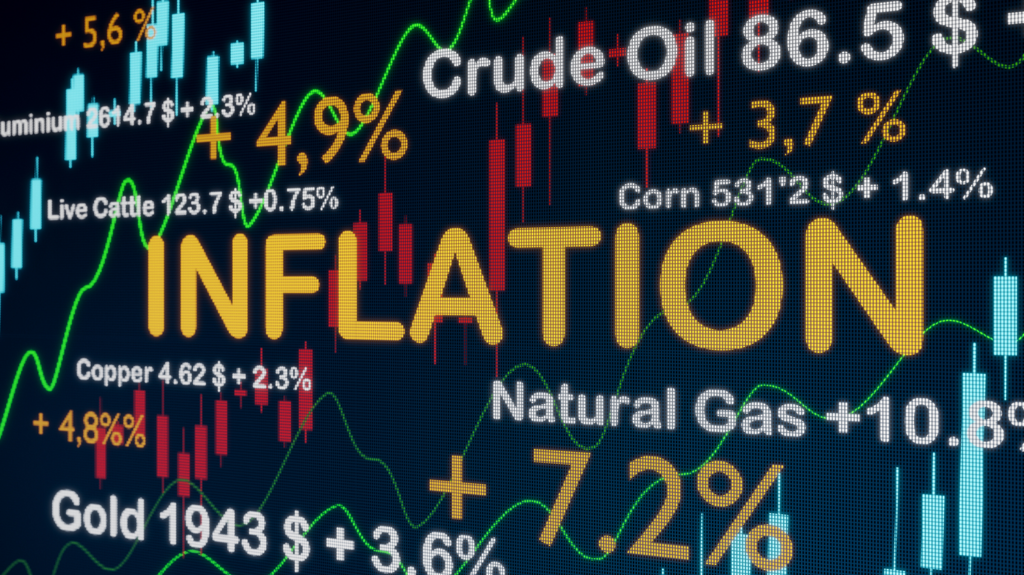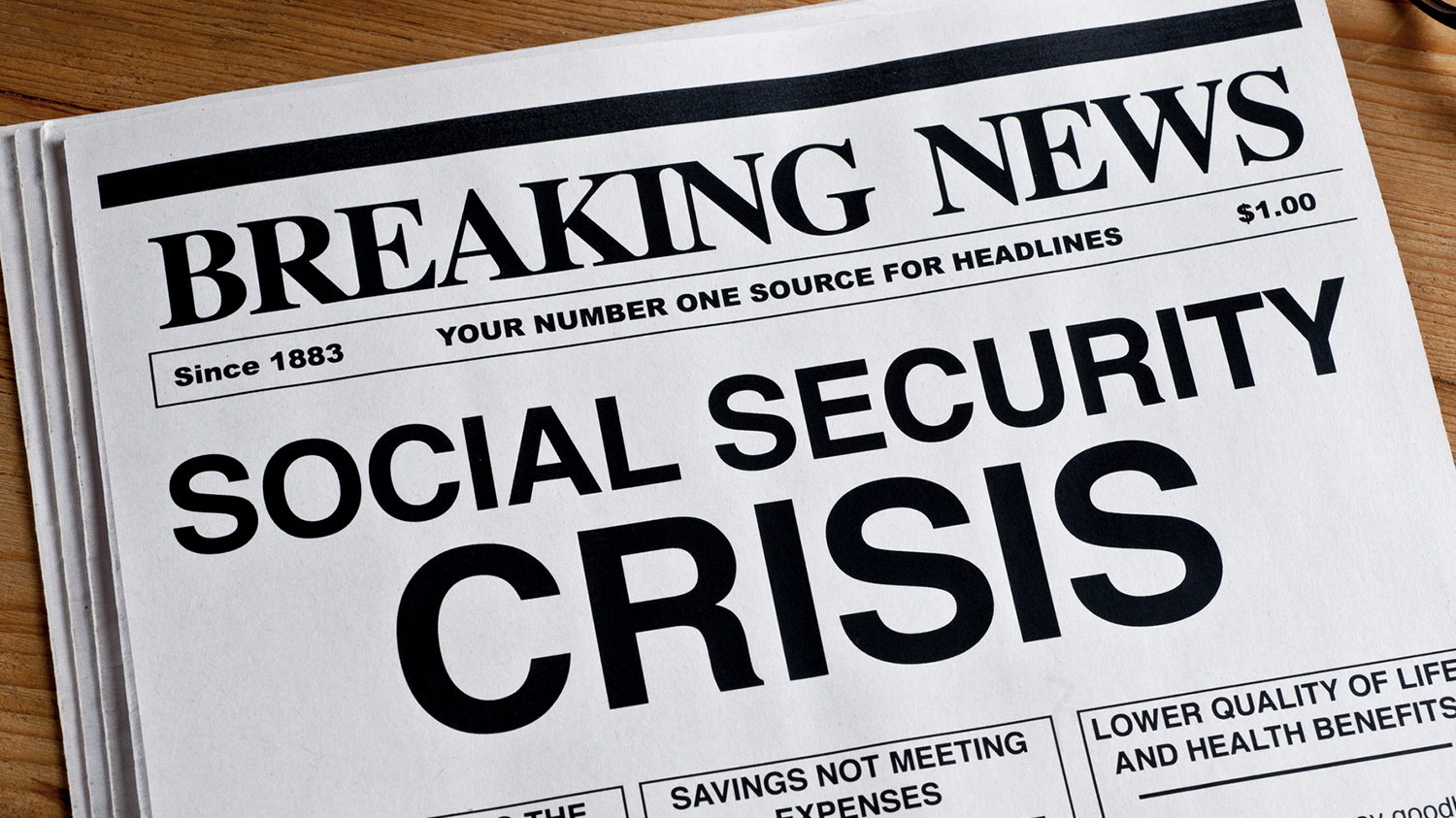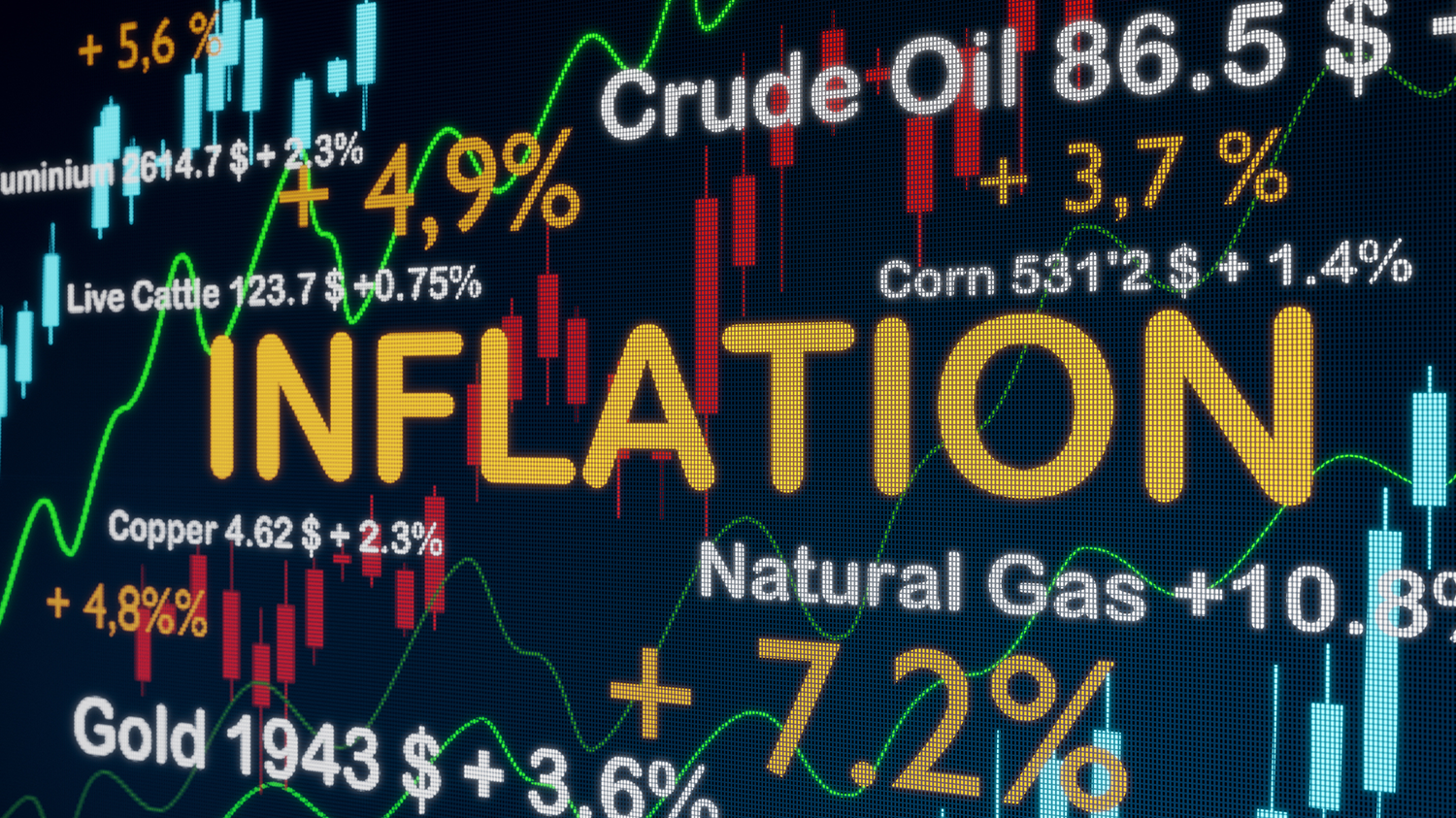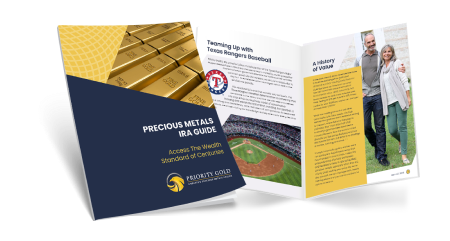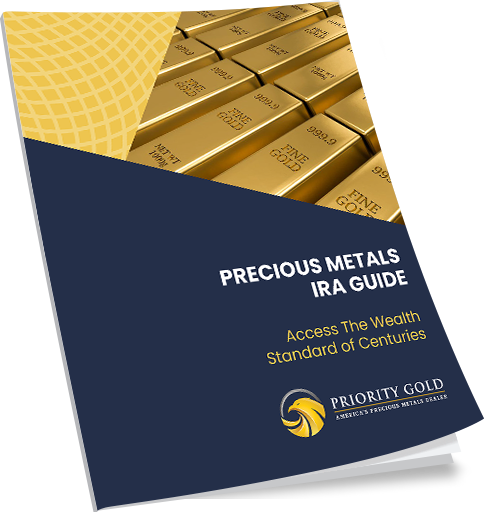U.S. Consumer Spending Rises

By Lucia Mutikani
WASHINGTON (Reuters) – U.S. consumer spending rose solidly in December as demand for goods and services increased, but the gain came at the expense of savings, which dropped to a 10-year low in a troubling sign for future consumption and economic growth.
Rising household wealth due to record gains on the U.S. stock market as well as higher home prices likely made Americans more confident to dip into their savings to fund purchases, economists said. Savings are now at levels last seen in December 2007, when the economy slipped into recession.
“It is true that the gains in consumer confidence as well as in the stock market and housing wealth are making Americans feel much better today than they were previously,” said Eugenio Aleman, a senior economist at Wells Fargo Securities in Charlotte, North Carolina.
“That said, the U.S. consumer will need to see continuous growth in income over the year in order to be able to continue to keep up the current pace of consumption.”
The Commerce Department said on Monday that consumer spending, which accounts for more than two-thirds of U.S. economic activity, increased 0.4 percent last month after an upwardly revised 0.8 percent increase in November.
Last month’s increase was in line with economists’ expectations. Spending was previously reported to have risen 0.6 percent in November.
Savings fell to $351.6 billion in December from $365.1 billion in the prior month. Savings declined to $485.8 billion in 2017, the lowest level since 2007, from $680.6 billion in 2016.
The saving rate dropped to 2.4 percent, the lowest level since September 2005, from 2.5 percent in November. It decreased to 3.4 percent in 2017, a 10-year low, from 4.9 percent in 2016.
“The continued drawdown in the (saving) rate will likely limit the extent to which consumption can continue to accelerate, all else equal,” said Michael Gapen, chief economist at Barclays in New York.
The impact of low savings on consumer spending could, however, be temporarily offset by income tax cuts which went into effect in January.
MODERATE INCOME GROWTH
Last month, personal income rose 0.4 percent after advancing 0.3 percent in November. Income grew 3.1 percent in 2017, a pickup from the 2.4 percent rise in 2016. The data were included in the advance fourth-quarter gross domestic product report published on Friday.
Consumer spending accelerated at a 3.8 percent annualized rate in the fourth quarter, the fastest in three years, after rising at a 2.2 percent pace in the third quarter.
Robust consumer spending helped to offset the drag from trade and inventories on the economy, which grew at a 2.6 percent rate in the fourth quarter. GDP increased at a 3.2 percent pace in the third quarter.
In the wake of the strong GDP report, some economists expect the Federal Reserve to raise its economic assessment when it concludes a two-day policy meeting on Wednesday.
That could increase the probability that the U.S. central bank will raise interest rates four times this year. The Fed has forecast three rate hikes for this year.
Prices for U.S. Treasuries were trading lower after the data, with the yield on the benchmark 10-year note rising to its highest level since April 2014. That helped to lift the dollar (.DXY) against a basket of currencies.
Stocks on Wall Street eased from record levels last week, weighed down by a drop in Apple (AAPL.O) shares after a report said the company will halve its iPhone X production target for the first quarter to around 20 million units.
Last month, spending on long-lasting goods, such as motor vehicles, increased 0.7 percent. Outlays on services rose 0.5 percent, reflecting rising demand for utilities.
While monthly inflation ticked up in December, price pressures remained benign. The Fed’s preferred inflation measure, the personal consumption expenditures (PCE) price index excluding food and energy, rose 0.2 percent in December after a 0.1 percent gain in November.
The so-called core PCE increased 1.5 percent in the 12 months through December after a similar rise in the 12 months through November. The core PCE has missed the Fed’s 2 percent target since mid-2012.
“We believe inflation will firm in 2018, supported by a positive output gap, rising energy prices and a weaker U.S. dollar,” said Gregory Daco, chief U.S. economist at Oxford Economics in New York.
(Reporting by Lucia Mutikani; Editing by Paul Simao)
Source: U.S. consumer spending rises; savings drop to 10-year low




